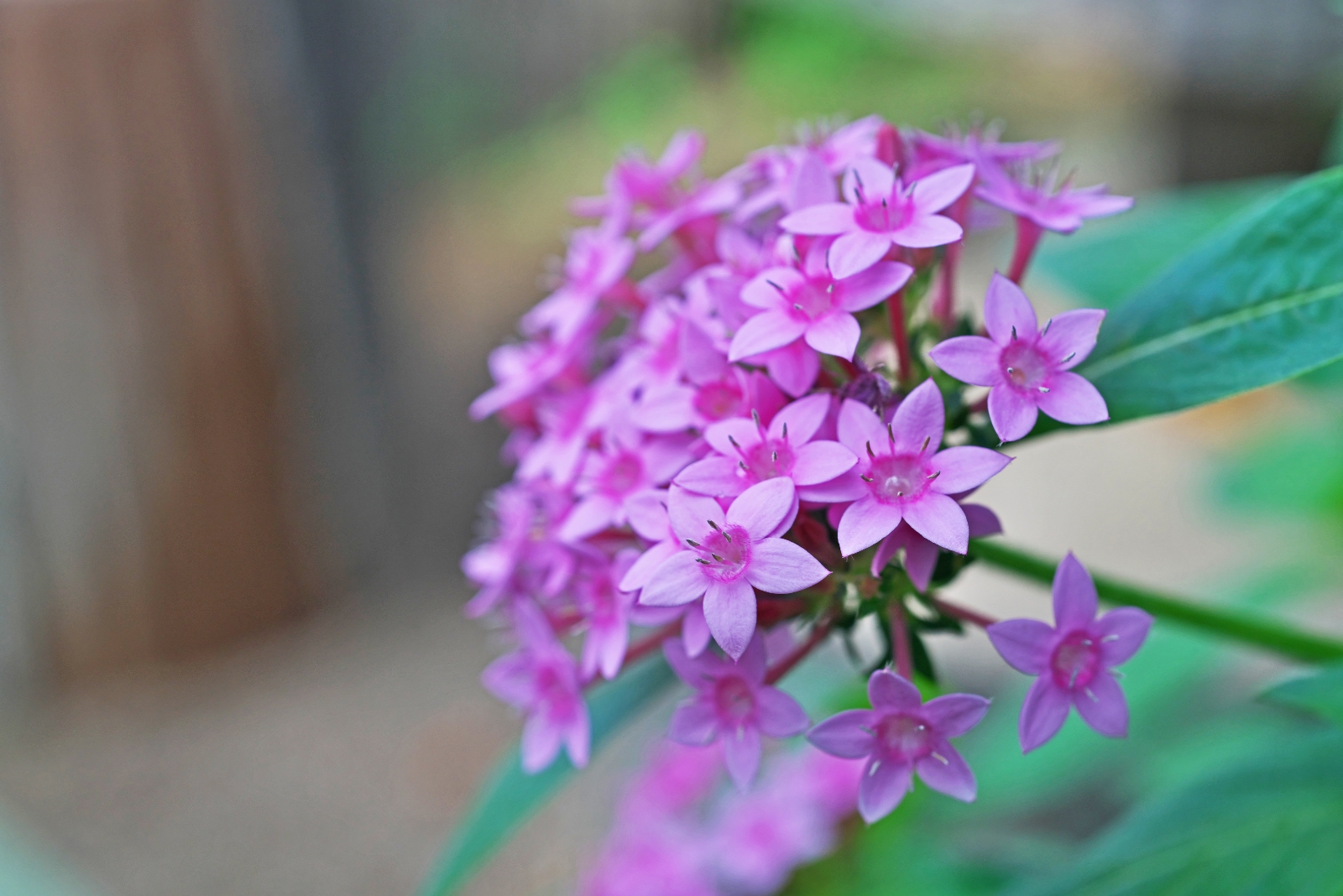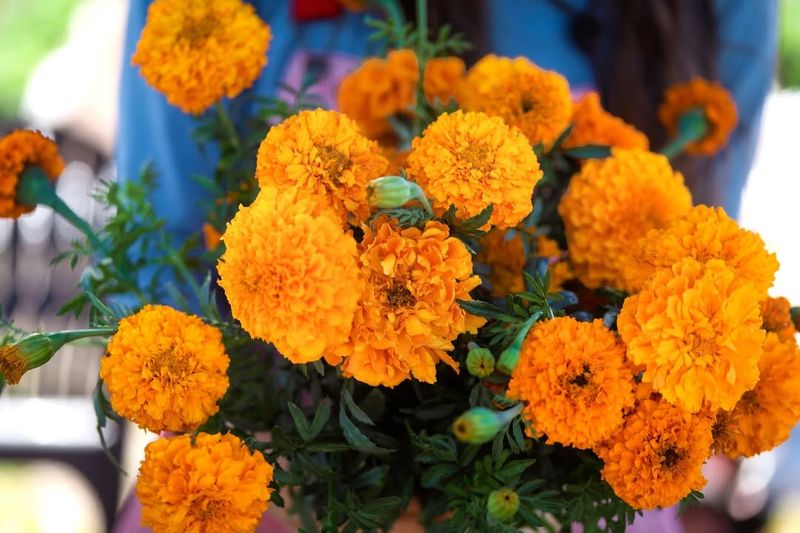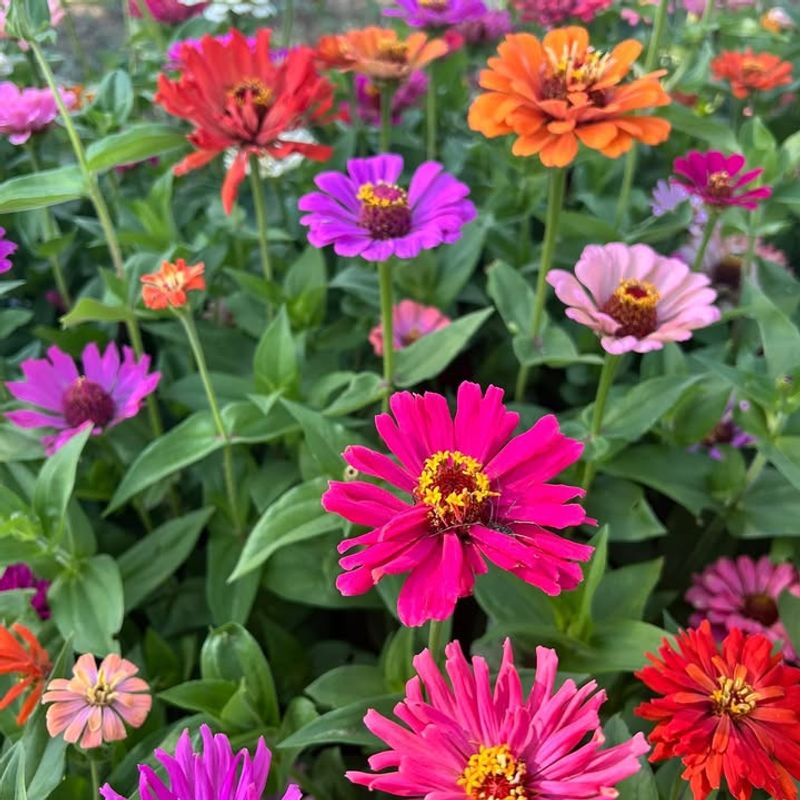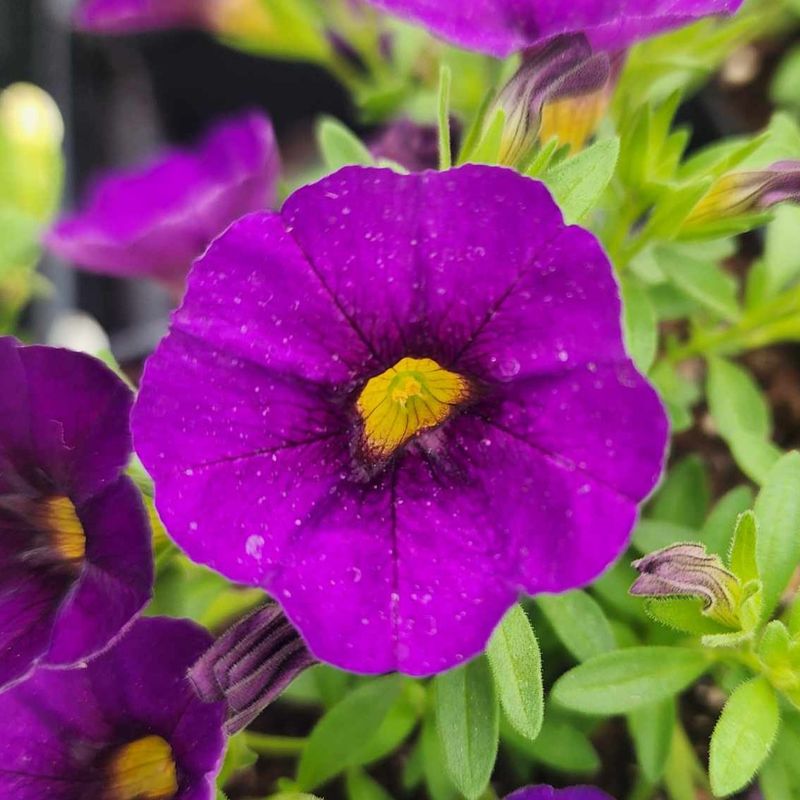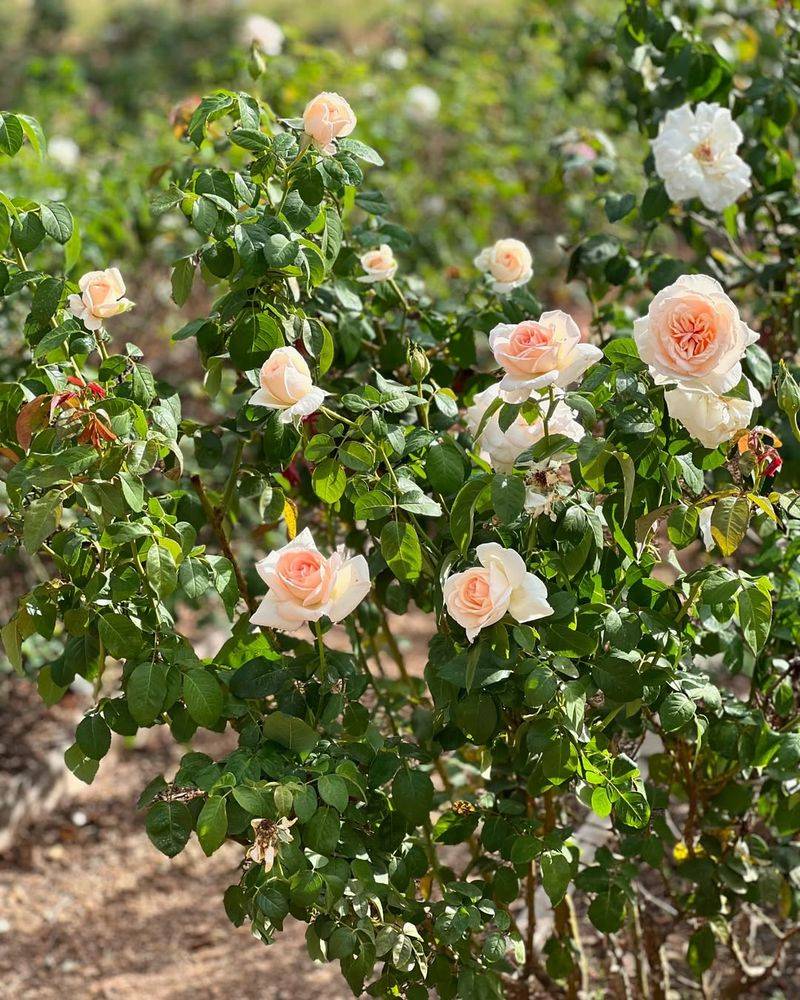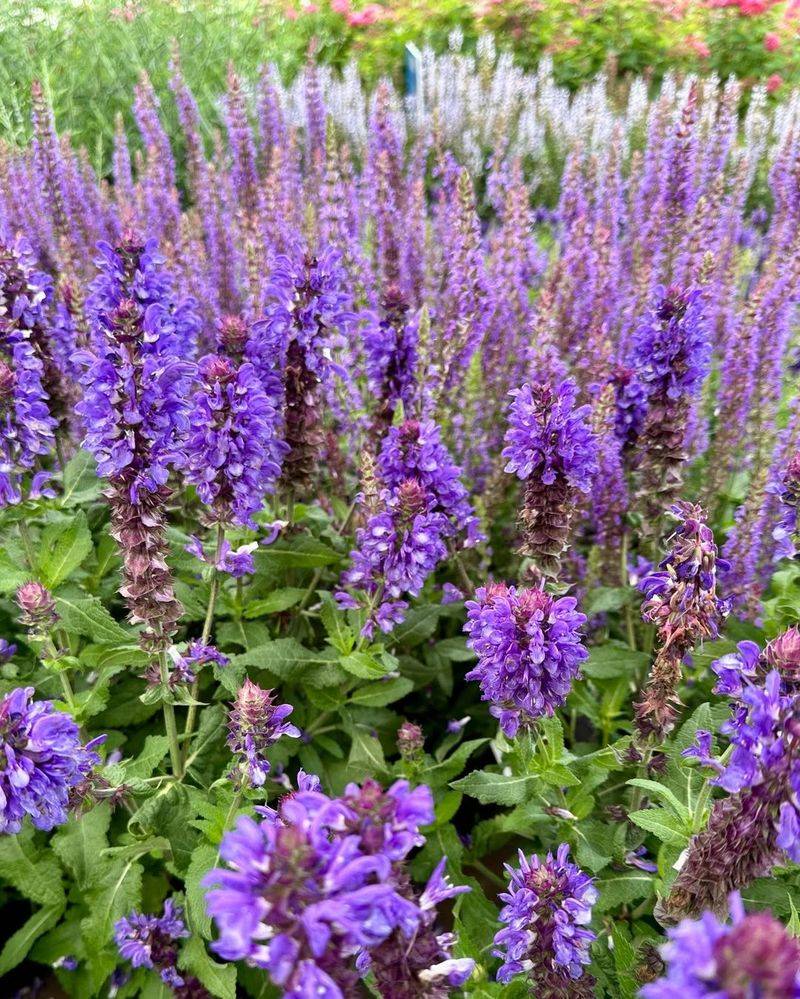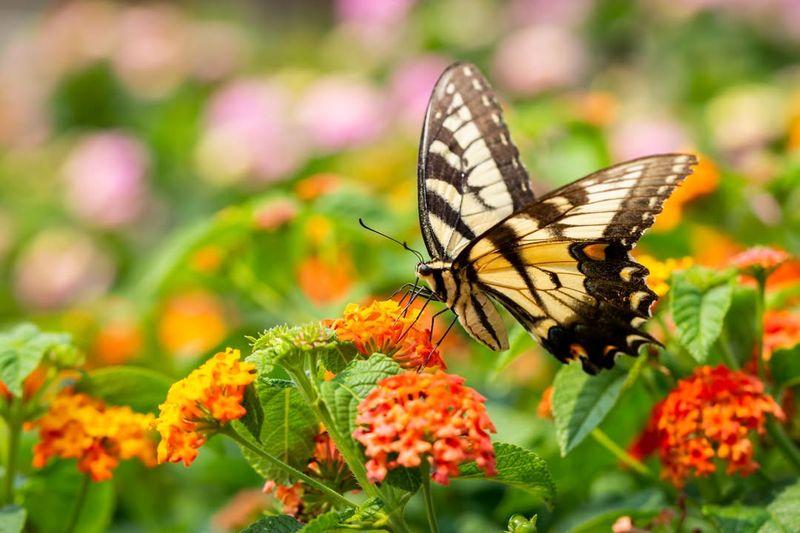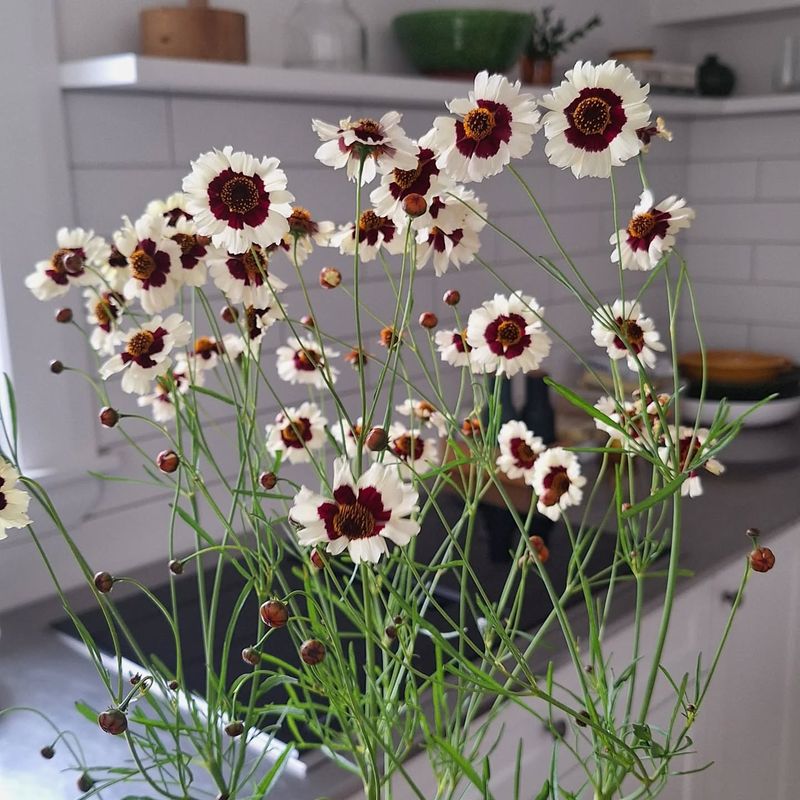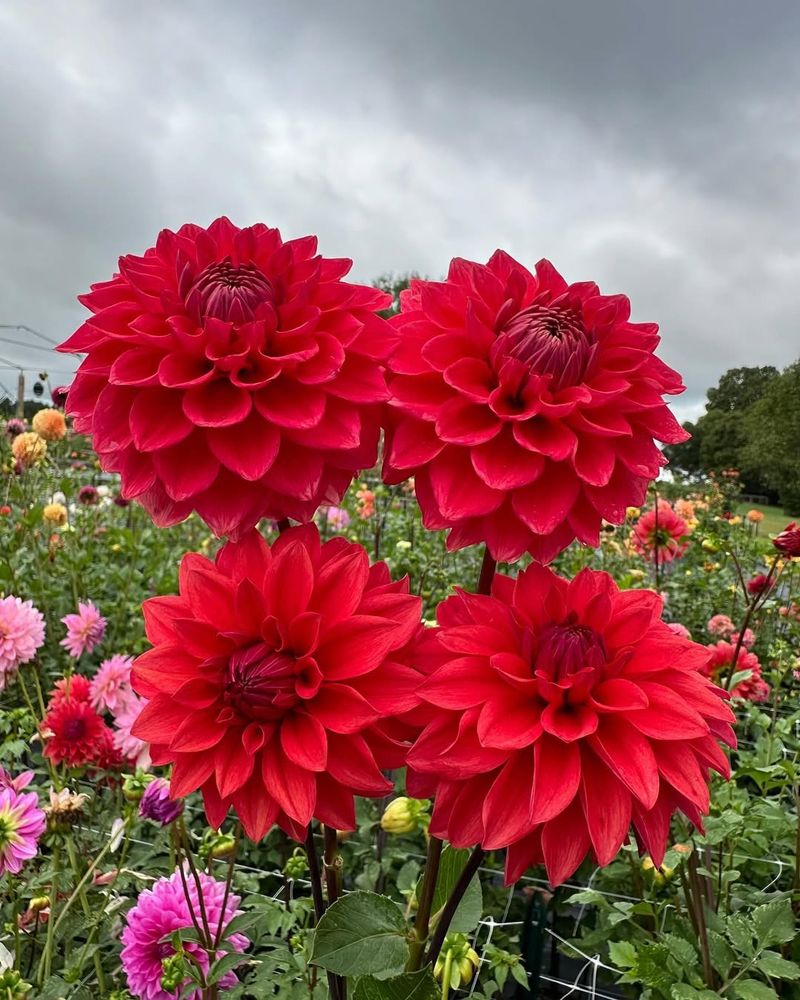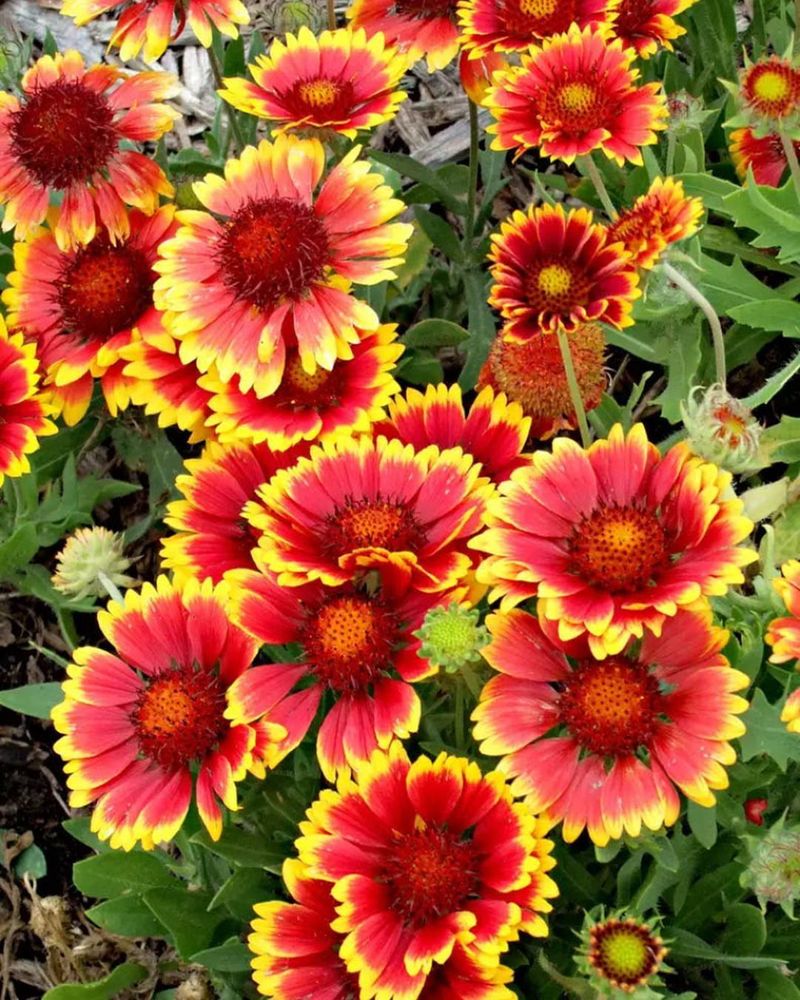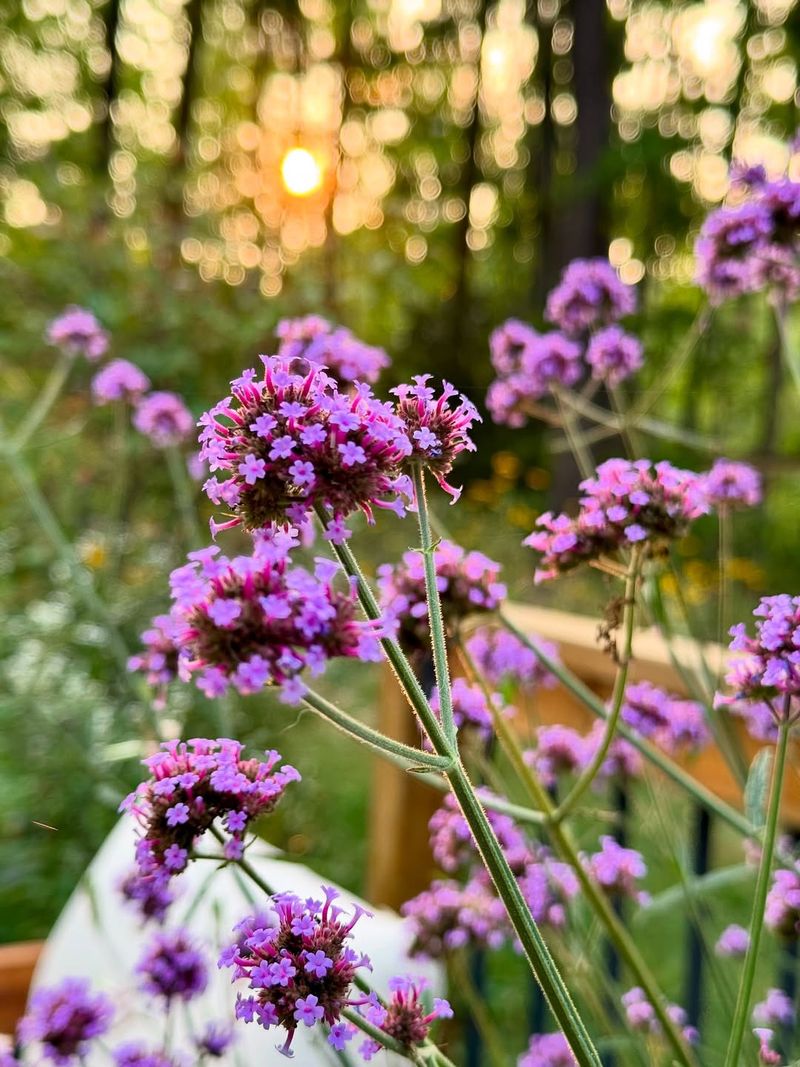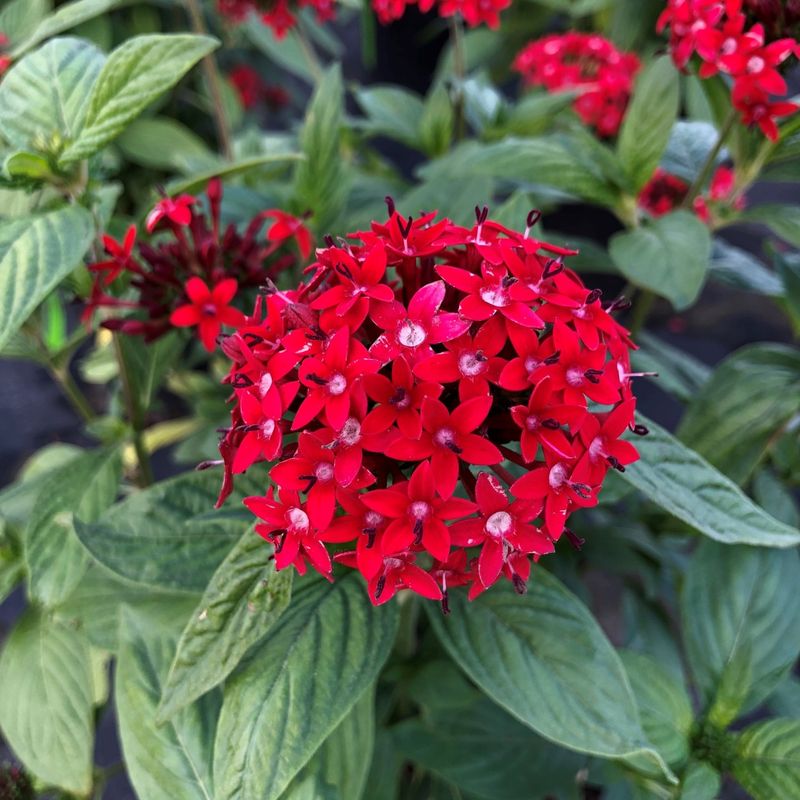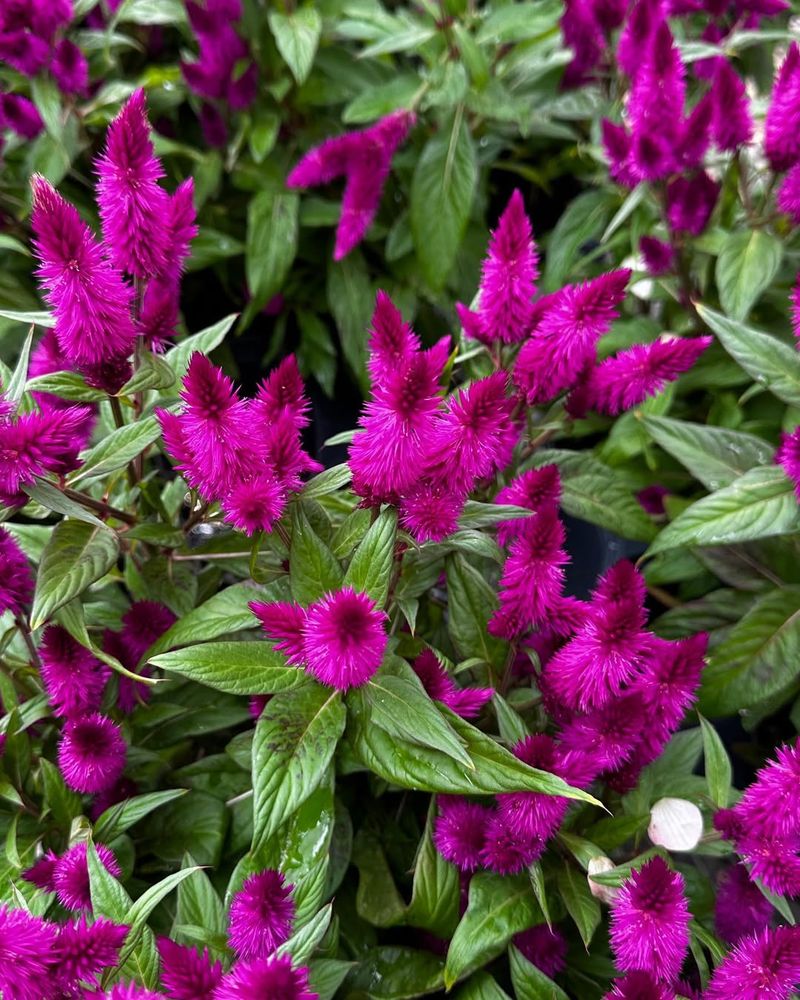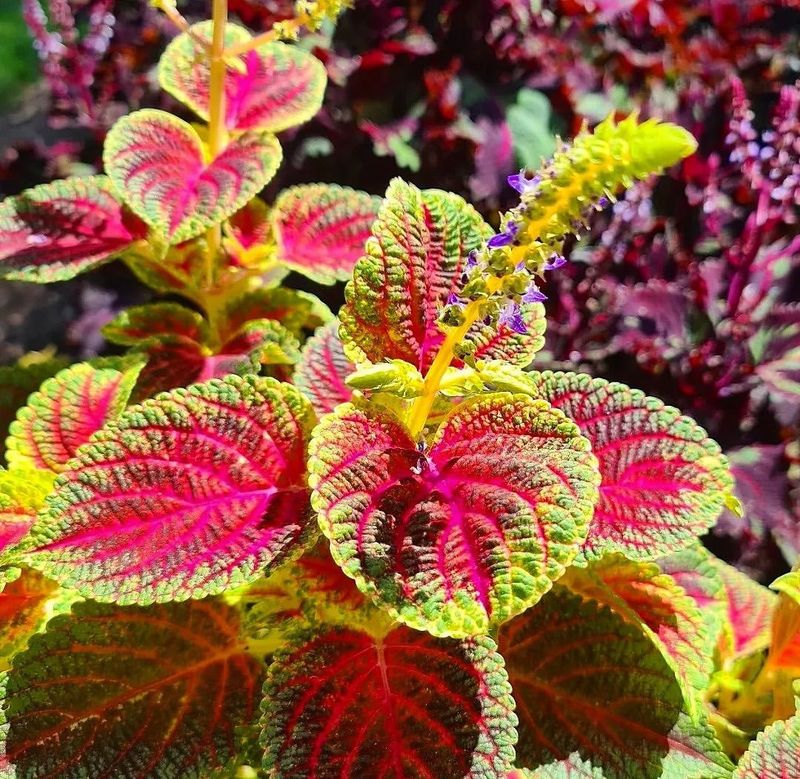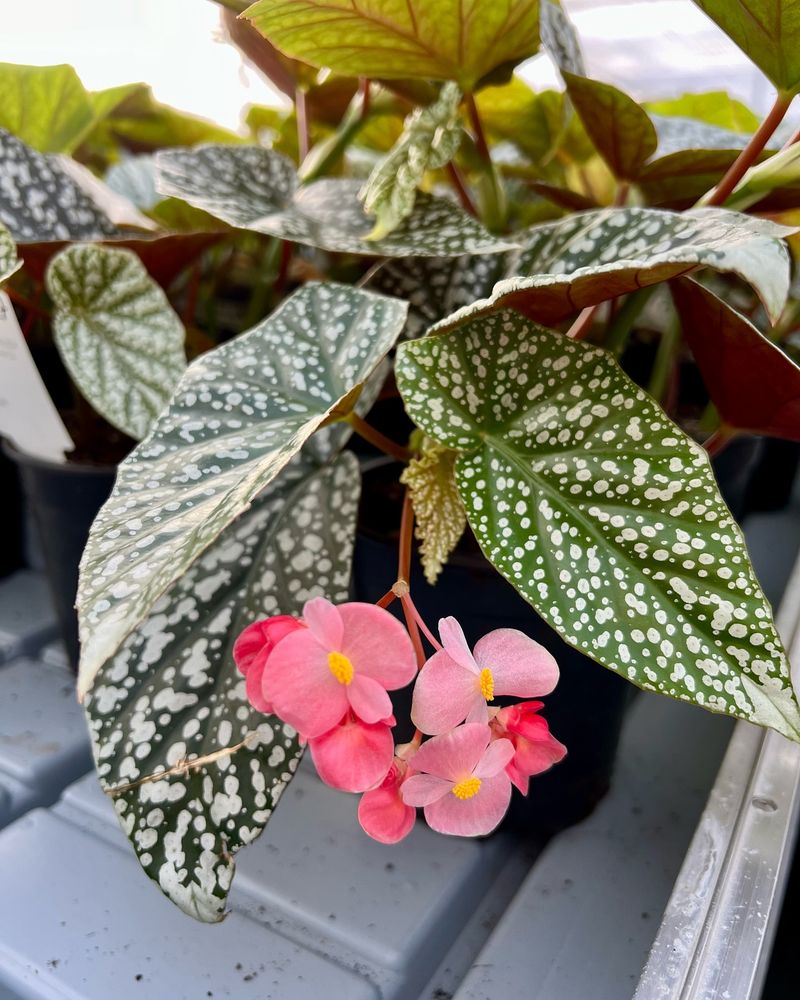October brings cooler weather to Georgia, and your garden needs some attention to keep blooming beautifully. Deadheading, or removing spent flowers, encourages plants to produce more blooms and keeps your garden looking fresh.
By taking a few minutes to snip off faded flowers, you’ll help your plants stay healthy and vibrant throughout the fall season.
1. Marigolds
Bright and cheerful marigolds keep your garden glowing through fall if you remove their wilted blooms regularly. Pinch off the brown, dried flowers at the stem to redirect energy into new buds.
October’s mild Georgia temperatures let marigolds thrive longer than in colder regions. Regular deadheading prevents them from going to seed too early.
You’ll notice fresh blooms appearing within days of removing old ones. Your marigolds will reward your effort with color until the first frost arrives.
2. Zinnias
With their paper-thin petals and bold colors, zinnias are fall garden champions that respond beautifully to deadheading. Cut the stems just above the next set of leaves when flowers fade.
Georgia’s October weather gives zinnias plenty of time to produce another round of blooms. The more you cut, the more they grow—it’s that simple.
Watch for powdery mildew on older leaves and remove those too. Fresh air circulation helps prevent disease while encouraging healthy new growth throughout autumn.
3. Petunias
Petunias can look scraggly by October, but deadheading brings them back to life with surprising speed. Snap off faded flowers where they meet the stem, including the swollen seed pod behind each bloom.
Many gardeners get lazy with petunias because they’re so prolific. However, removing spent blooms prevents energy waste on seed production.
Your petunias will bush out and fill in bare spots if you deadhead consistently. They’ll keep blooming until temperatures drop below freezing at night.
4. Roses
October roses deserve special attention because they can produce stunning fall blooms in Georgia’s climate. Cut spent flowers at a 45-degree angle just above a five-leaflet leaf.
Did you know? Deadheading roses in fall helps them prepare for winter dormancy while squeezing out a few more gorgeous flowers. The cooler weather actually intensifies rose fragrance and color.
Stop deadheading by late October to let hips form naturally. This signals the plant to slow down and harden off before winter arrives in Georgia.
5. Salvia
Tall spikes of salvia add drama to October gardens, and deadheading keeps them producing new flower stalks. Cut the entire spent spike down to where new side shoots are emerging.
Salvia varieties love Georgia’s fall weather and will bloom repeatedly if you stay on top of deadheading. The plants become bushier and fuller with each cutting.
Hummingbirds and butterflies flock to fresh salvia blooms throughout October. Your efforts create a wildlife haven while keeping your garden looking spectacular and well-maintained.
6. Lantana
Lantana’s colorful clusters transform from vibrant to dull as they age, making them easy to identify for deadheading. Snip off the entire flower cluster once most blooms have faded.
Georgia’s warm October days let lantana continue blooming well into fall. Removing spent flowers prevents black berry formation, which slows down new bloom production significantly.
Be careful of lantana’s slightly sticky stems when deadheading. Wear gloves if your skin is sensitive, and watch for butterflies that love visiting fresh lantana blooms daily.
7. Coreopsis
Cheerful coreopsis keeps dancing in October breezes if you remove its spent blooms regularly. Cut stems back to the basal foliage once flowers fade completely to brown.
Native to Georgia, coreopsis thrives in fall weather and produces waves of golden blooms. Deadheading prevents self-seeding, which can make your garden look messy and overcrowded.
Leave a few seed heads for goldfinches if you enjoy watching birds. Balance wildlife feeding with garden appearance by deadheading most blooms while leaving some for nature.
8. Dahlias
Spectacular dahlias produce their biggest, most impressive blooms during Georgia’s October weather. Cut spent flowers back to the next set of leaves or buds for continuous flowering.
Each dahlia bloom takes significant energy to produce, so deadheading really matters. Remove faded flowers promptly to redirect nutrients into developing buds waiting to open.
Check your dahlias every few days because they bloom and fade quickly. The more attention you give them now, the more stunning flowers you’ll enjoy before frost arrives.
9. Gaillardia
Blanket flowers earn their common name with their warm, fiery colors that cover garden beds beautifully. Snip off faded blooms at the base of the flower stem regularly.
Gaillardia tolerates Georgia’s variable October weather, from warm afternoons to cool mornings. Deadheading extends their blooming season and keeps plants looking tidy rather than wild and unkempt.
These tough perennials appreciate the attention and respond with fresh flowers. You’ll find deadheading gaillardia quick and easy because their stems are thin and tender throughout fall.
10. Verbena
Low-growing verbena spreads across garden beds, creating carpets of color that need regular deadheading. Pinch off entire flower clusters once they turn brown and papery to the touch.
October’s cooler nights actually improve verbena’s performance in Georgia gardens. The plants become more vigorous and disease-resistant as summer heat fades away completely.
Verbena responds to deadheading by producing more flower clusters within a week. Your ground cover will stay colorful and full rather than sparse and leggy looking through autumn.
11. Pentas
Star-shaped pentas flowers attract butterflies like magnets, especially during Georgia’s mild October weather. Cut back spent flower clusters to the next set of leaves for continuous blooming.
Pentas bloom in tight clusters that fade gradually from the outside in. Wait until most flowers in a cluster have faded before removing the entire bunch at once.
Fresh blooms appear quickly after deadheading, keeping your butterfly garden active and beautiful. Pentas can survive light frosts, so keep deadheading until temperatures drop significantly at night.
12. Celosia
Celosia’s unique plume or brain-like flowers add texture to October gardens in Georgia. Remove faded blooms by cutting stems back to where new side shoots are developing.
The velvety texture of celosia flowers eventually becomes dry and brown, signaling deadheading time. Fresh blooms keep appearing until hard frost, making your effort worthwhile and rewarding.
Some gardeners leave celosia for dried arrangements, which works beautifully too. If you want continued fresh blooms, stay consistent with deadheading throughout October for best results.
13. Coleus
Known for stunning foliage, coleus produces small flower spikes that should be removed immediately in October. Pinch off flower spikes as soon as they appear to keep leaves colorful and full.
Flowering signals coleus to slow leaf production and prepare for dormancy. Georgia’s October weather can trigger blooming, so check your plants weekly for emerging spikes.
Removing flowers redirects energy back into growing those gorgeous, patterned leaves everyone loves. Your coleus will stay bushy and vibrant rather than becoming tall, leggy, and less attractive.
14. Begonias
Begonias thrive in Georgia’s October shade gardens, producing delicate flowers that need regular deadheading. Gently pinch off faded blooms where they attach to the main stem.
Both tuberous and fibrous begonias benefit from deadheading, though the process looks slightly different. Tuberous types have larger flowers that are easier to spot and remove when spent.
October’s mild weather lets begonias bloom prolifically in shaded areas. Your plants will look cleaner and healthier when you remove brown, wilted flowers that can harbor disease and pests.

